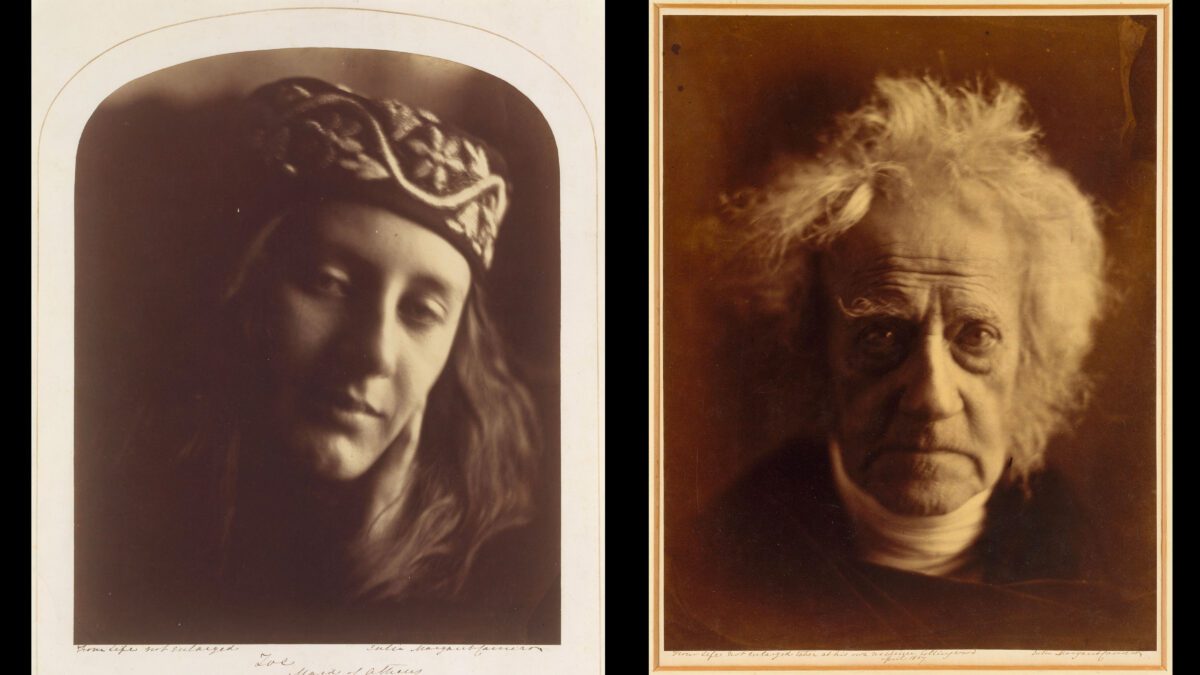Arts & Entertainment
Photo Friday: Exploring the history of photography through the work of Julia Margret Cameron

Left: Zoe, Maid of Athens; Right: Sir John Herschel. Photo: Julia Margret Cameron
Over the history of photography, there have been many problematic truths to be acknowledged, with the lack of diversity being prominent among them. While this largely holds true, there have been those to break that barrier, not only defying the typical definition of a photographer during that time but also resetting the previously held set of rules that were placed on photography. Julia Margret Cameron, from 1815 to 1879, did just that after receiving her first camera in December 1863 at age 48 as a gift from her daughter and son-in-law.
Photography has always trended toward having this set of rules that lead to a need to provide a perfect recreation of a moment in time. For years this was the case, but there have been those that pushed against that notion pushing back against perfectionism and proving that rules are meant to be broken.
Cameron’s style was unique in that the majority of her images were slightly out of focus. While that might make her images technically imperfect, that wasn’t the point. She was not set out to establish a professional studio or follow some prenotion idea of photography but rather one of feeling. Her work was not given much acknowledgment by her peers, but that didn’t matter to Cameron.
“From the first moment I handled my lens with a tender ardour,” Cameron wrote in her manuscript entitled Annals of my Glass House, “and it has become to me as a living thing, with voice and memory and creative vigour.”
Her deeply religious beliefs and friendships with many well-known people of Victorian England, such as Sir John Herschel, Charles Darin, and several others, had an effect on what she photographed. Many of Cameron’s images contain elements of storytelling and involve heavily staged scenes. One of her more well-known images was a reimaging of Idylls of the King that was shot after her friend and neighbor Alfred, Lord Tennyson, requested it. The image features a girl playing the harlot Vivien who enchants Merlin.

“I longed to arrest all beauty that came before me & at length the longing has been satisfied. Its difficulty enhanced the Value of the pursuit. I began with no knowledge of the Art. I did not know where to place my dark box how to focus my sitter & my first picture I effaced to my consternation by rubbing my hand over the filmy side of the glass,” Cameron wrote in Annals of my Glass House.
While Cameron did not have formal “artistic” training, it is fair to say that didn’t matter. Her impact was still profound as her images had elements that were not present in other photographs created at the time. The images have a sense of feeling and spiritual quality that is unique. To some, her work was full of shortcomings, but to others, it challenged the status quote and opened doors for future exploration in the medium.


















